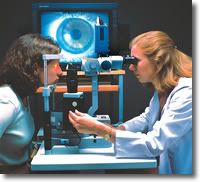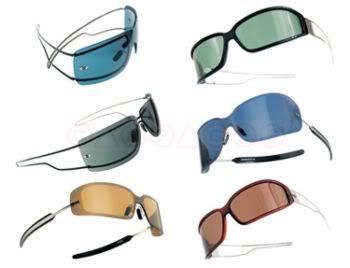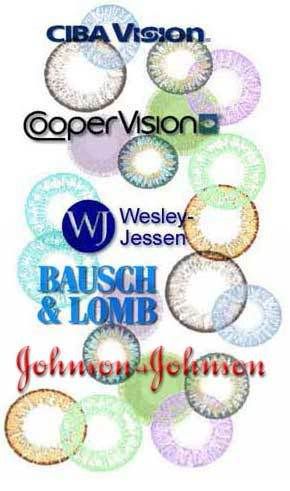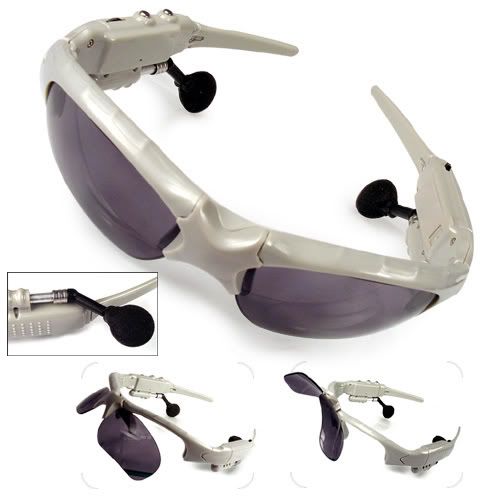Introduction
Amblyopia is a frequent cause of monocular vision loss in children. A difference in refractive error between the two eyes (anisometropia) is a common cause of amblyopia, being present as the only identifiable amblyogenic factor in 37% of cases and present concomitantly with strabismus in an additional 24% of clinical populations.
Although there have been reports that refractive correction alone results in improved vision in anisometropic amblyopia, it is generally held that the majority of cases will need additional treatment because refractive correction alone will not be sufficient to completely treat the amblyopia. Thus, patching or pharmacological treatment is often prescribed simultaneously or soon after the refractive correction is provided.
Discussion
In this prospective observational study of 84 untreated anisometropic amblyopic children 3 to less than 7.
Visual acuity improvement with refractive correction alone in children with anisometropic amblyopia has been observed in both retrospective and pilot studies. However, only recently has the magnitude and time course of this phenomenon been evaluated prospectively. Stewart and colleagues found a mean improvement of nearly 3 lines in 18 patients with anisometropic amblyopia treated with spectacles. They have termed this effect “refractive adaptation,” but we prefer to refer to it as optical treatment of amblyopia.
The time course in our study for improvement to best amblyopic eye visual acuity was variable. The majority (83%) of patients stopped improving before 15 weeks, but one patient improved for 30 weeks. In the study of Stewart et al., improvement occurred for an average of 15.6 weeks in their subgroup of patients with anisometropic amblyopia.
The finding of visual acuity improvement over many weeks for children with anisometropic amblyopia treated with refractive correction alone can guide (1) clinicians on the expected duration of treatment when using spectacles alone as the treatment and (2) investigators who want to control for the treatment effect of refractive correction when evaluating the effectiveness of other amblyopia treatments. In earlier randomized trials of patching and pharmacological treatment conducted by PEDIG, optimum spectacle correction was required for a minimum of 4 weeks prior to enrollment. The results of the present study suggest that in these previous trials, some of the visual acuity improvement was due to optical treatment of amblyopia with spectacles. Although this would have the effect of reducing the statistical power to detect a treatment group difference, these trials were highly powered and this effect of spectacles therefore should not alter the primary conclusions of those studies.
Patients who stopped improving based on serial visual acuity measurements were enrolled in the control group of the randomized trial (complete results reported in a companion paper). We were surprised that a substantial proportion of these patients (62%) demonstrated further improvement (1 line or greater) of amblyopic eye visual acuity after another 5 weeks of spectacle wear, and some continued to show further improvement 10 and 15 weeks from randomization. Therefore, the criterion that we used in this study to define visual acuity stabilization (i.e., less than 1 line improvement from the prior 5-week visit on at least two tests of acuity) was not sufficient.
There are several possible explanations for the continued improvement after apparent stability. These include the possibility of test-retest variability including poor test performance on that particular day and the inability to detect acuity improvements of less than one logMAR line with the ATS visual acuity protocol. It is also possible that visual acuity improvement may temporarily plateau for a time period and then subsequently improve again. Based on these considerations, one may want to wait for two or perhaps even three 5-week follow-up cycles with no further improvement before assuming that all acuity improvement has been obtained from the wearing of the spectacle lenses. Alternatively, the clinician might choose to lengthen the time interval between visits to 10 or 12 weeks.
We evaluated the influence of age, degree of anisometropia, and baseline amblyopic eye visual acuity on the response to treatment. The beneficial effect of spectacle correction was consistent throughout the 3 to less than 7 years age range. We are not aware of other studies that have evaluated the association of age at presentation with treatment outcome for patients with anisometropic amblyopia who were treated with spectacles alone. Regarding other patient characteristics, better baseline acuity in the amblyopic eye was related to an increased chance for resolution of amblyopia. Severe amblyopia was unlikely to resolve with spectacle correction alone. Higher rates of resolution were associated with lesser amounts of anisometropia. Again, we are not aware of other studies that have evaluated the relationship of baseline visual acuity or magnitude of anisometropia with treatment outcome for children with anisometropic amblyopia treated with spectacle correction alone.
In translating our results into clinical practice, the findings must be viewed in the context of the clinical profile of the cohort enrolled into the study: children 3 to less than 7.
Based on this study of untreated 3 to less than 7 year old children with anisometropic amblyopia, one can expect most patients treated with refractive correction alone to have two lines or more of improvement in visual acuity, while at least one third will actually experience resolution of amblyopia if treated long enough with spectacles. Although anisometropic amblyopic children with severe amblyopia and /or higher degrees of anisometropia are much less likely to resolve with optical correction alone, many such patients could begin their prescribed occlusion or pharmacological regimen with better vision if first treated with spectacles alone. This, in turn, might decrease the burden of treatment on the child and parents and enhance compliance with patching treatment, because denser levels of amblyopia have been reported to be associated with poorer treatment compliance.
Conclusion:
Refractive correction alone improves visual acuity in many cases and results in resolution of amblyopia in at least one third of 3 to less than 7-year-old children with untreated anisometropic amblyopia. While most cases of resolution occur with moderate (20/40 to 20/100) amblyopia, the average 3-line improvement in visual acuity resulting from treatment with spectacles may lessen the burden of subsequent amblyopia therapy for those with denser levels of amblyopia.




No comments:
Post a Comment